Breaking News


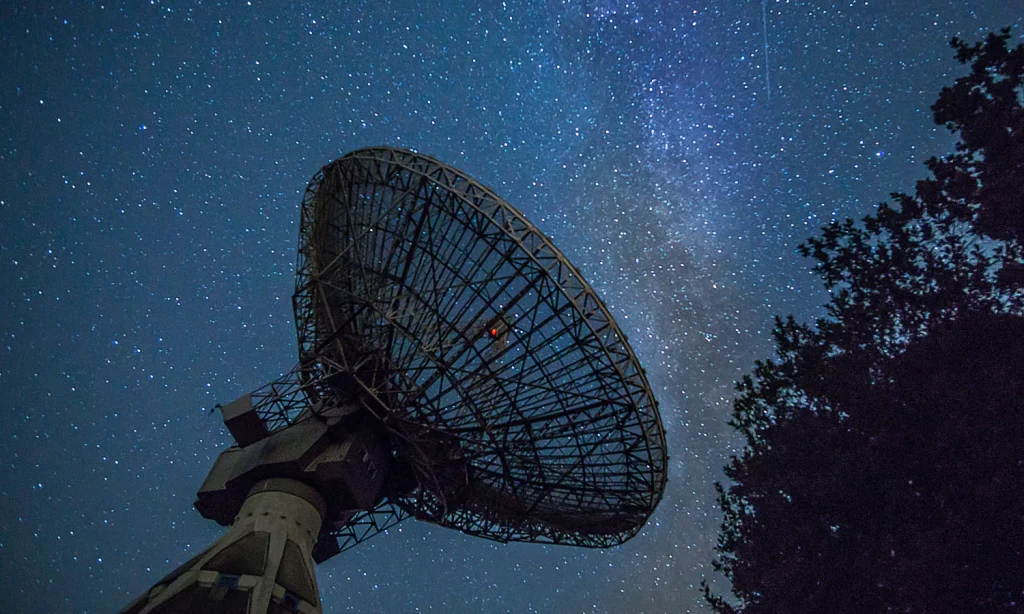

Popular News



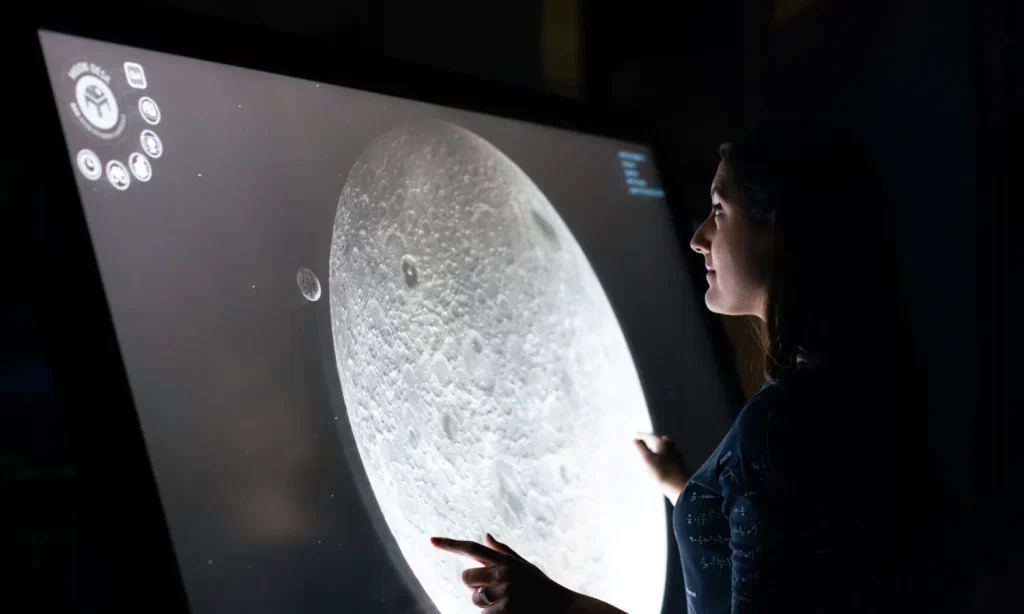








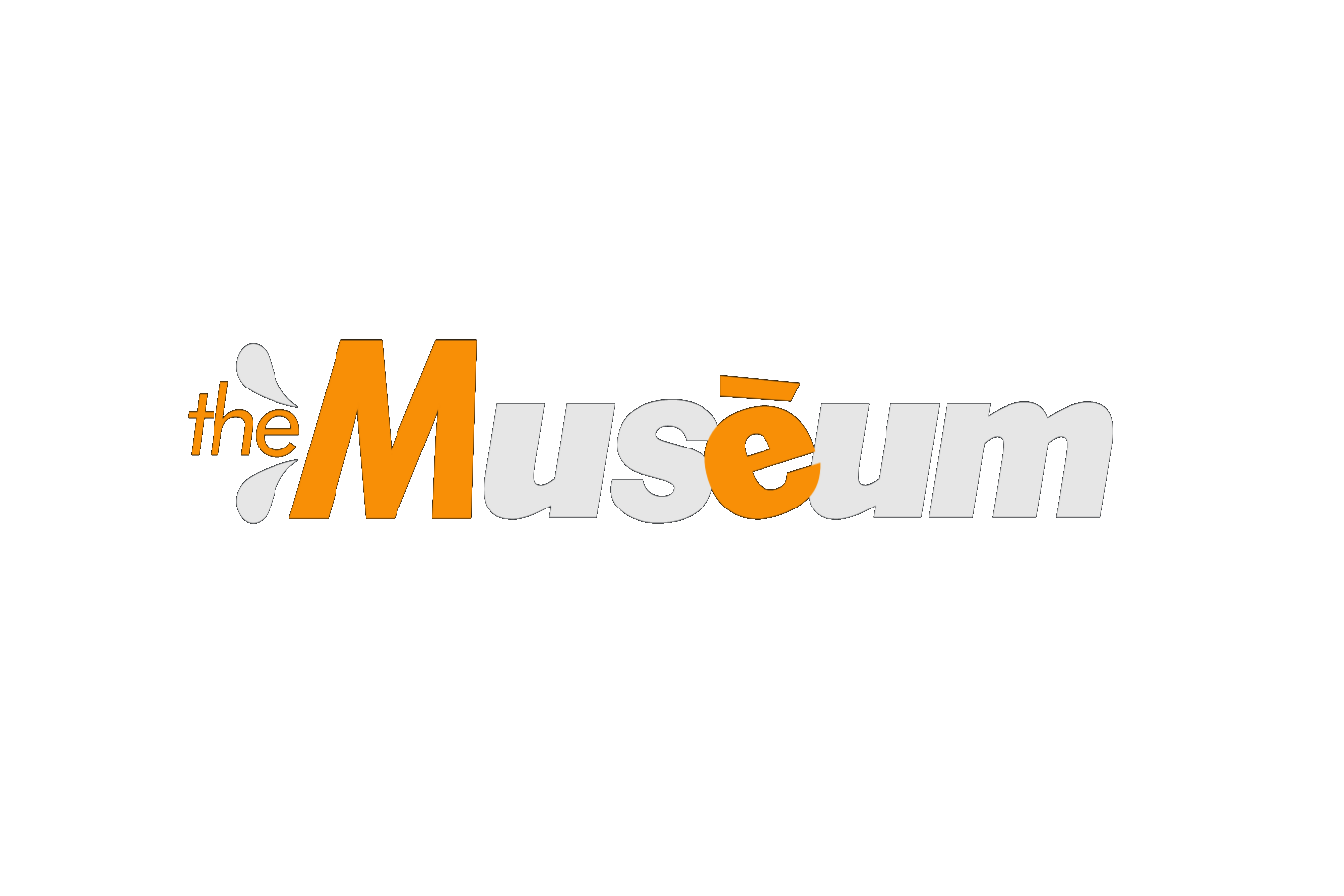

Enter your email address below and subscribe to our newsletter
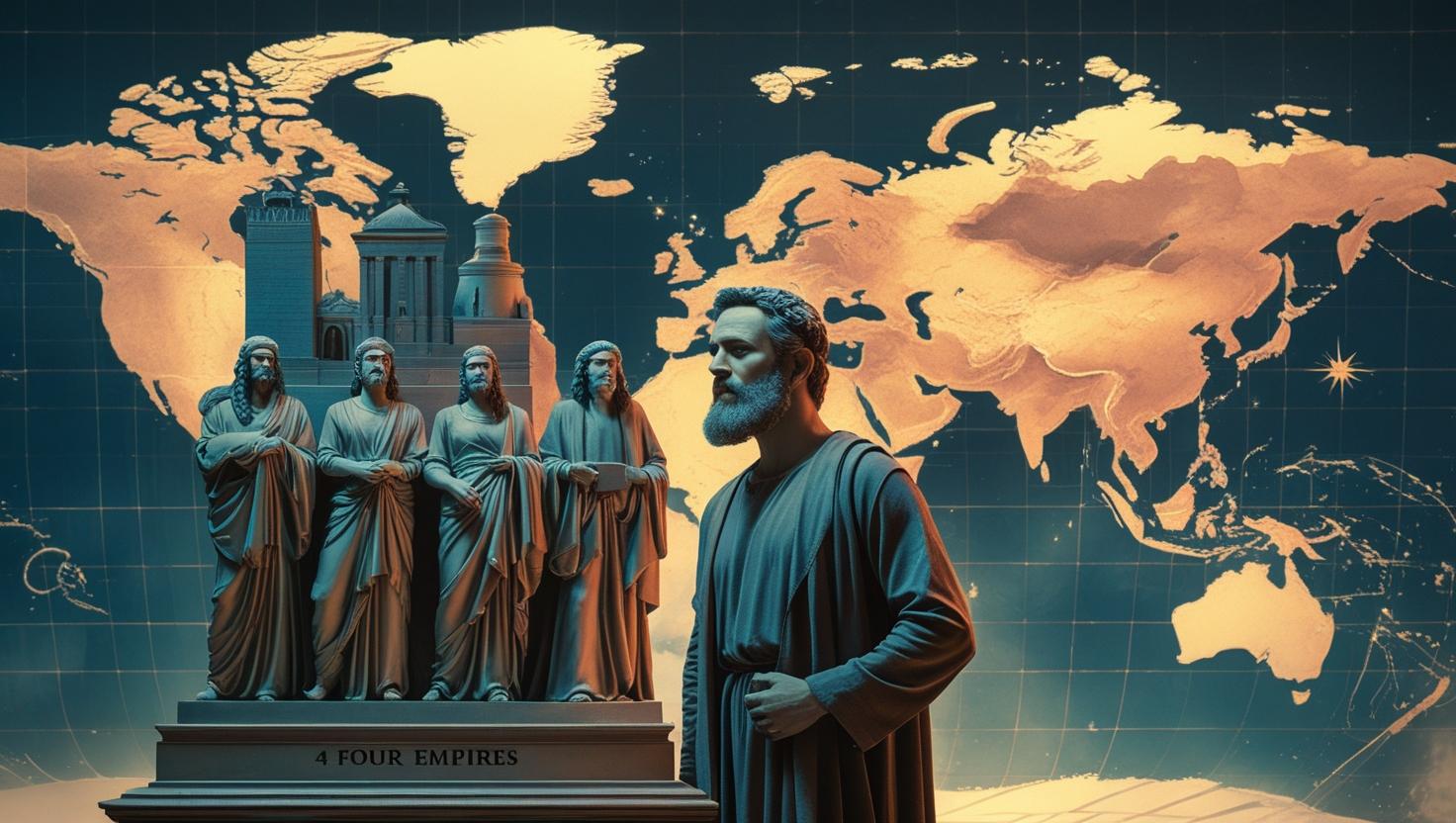
Unpack Daniel’s statue of metals, four beasts, ram vs. goat, and north-south kings—and see how these timelines of power echo in U.S. unipolarity, BRICS, EU tensions, and Middle Eastern realignments
Daniel stands out in biblical history as both a visionary prophet and a political exile in Babylon. Uprooted from his homeland, he found himself serving foreign courts yet remained anchored by divine revelation. His experiences raise a timeless question: What can his visions teach us about the nature of global power today? In a world where alliances shift overnight and empires rise and fall, Daniel’s prophetic dreams offer a lens through which we can discern patterns that transcend any single epoch.
Daniel’s Visions
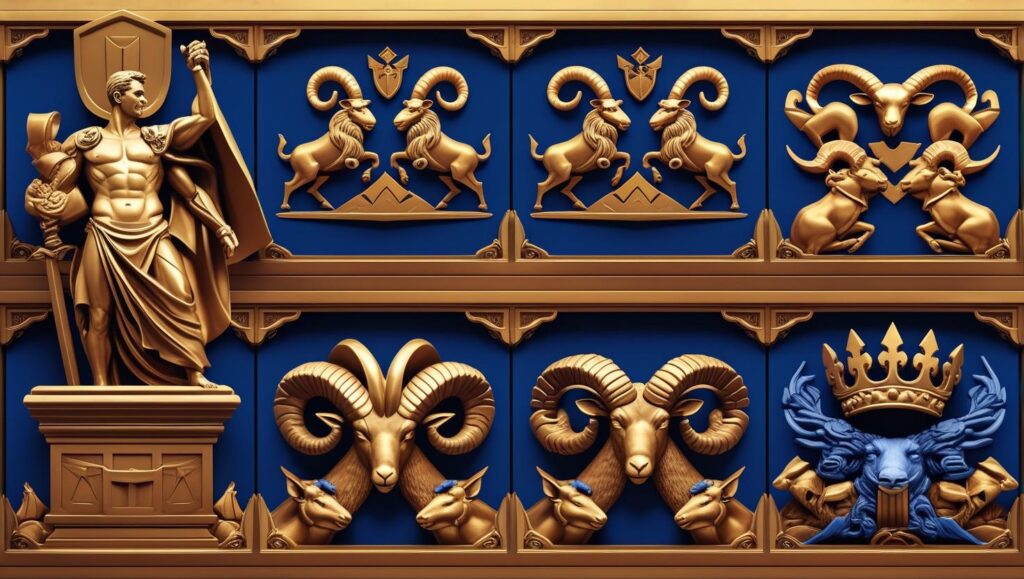
The Statue (Daniel 2)
King Nebuchadnezzar dreams of a colossal statue: a head of gold, chest and arms of silver, belly and thighs of bronze, legs of iron, and feet partly of iron mixed with clay (Dan 2:31–33). Each metal symbolizes a successive world empire, while the fissure in the feet hints at inner fragility even within apparent strength.
The Four Beasts (Daniel 7)
Daniel’s nighttime vision portrays four beasts emerging from the sea: a lion with eagle’s wings, a bear raised on one side, a leopard with four wings and four heads, and a terrifying, iron-toothed beast (Dan 7:3–7). These creatures personify the same succession of empires but emphasize their character—speed, ferocity, multiplicity, and relentless domination.
The Ram and the Goat (Daniel 8)
A mighty ram with two unequal horns represents the Medo-Persian axis, and a swift goat with a prominent horn signifies Greece under Alexander the Great (Dan 8:3–8). The breaking of the goat’s horn into four smaller ones mirrors the fragmentation of Alexander’s empire after his death (Dan 8:8).
The Kings of the North and South (Daniel 11)
In an intricate prophecy, Daniel hears of “kings of the north” and “kings of the south,” engaging in a series of conflicts and alliances (Dan 11:2–4, 11). Historically, these correspond to the Seleucid and Ptolemaic dynasties clashing over the Levant, showing how regional powers jockey for the same strategic crossroads.
Historical Fulfillment
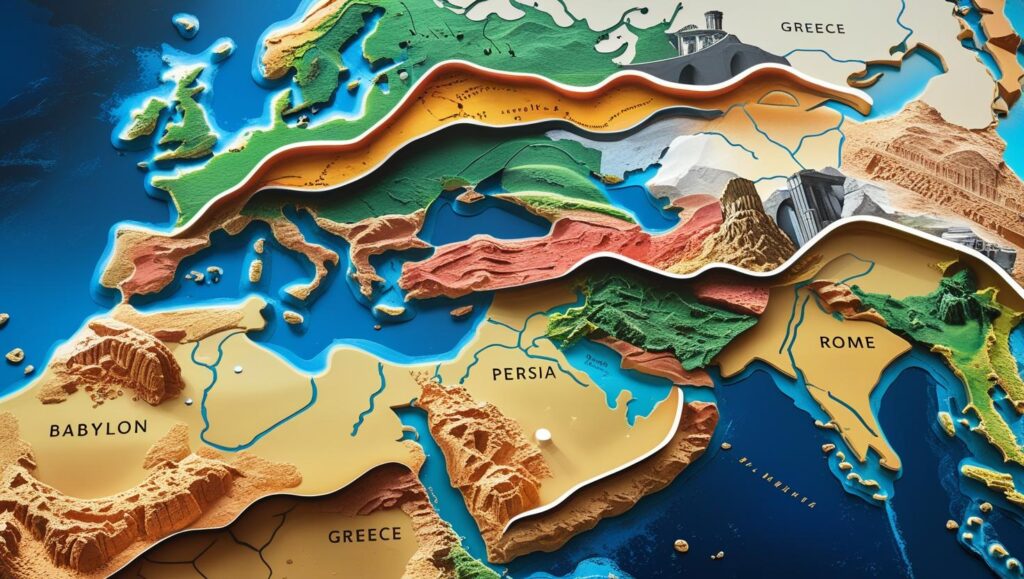
Babylon (Gold/ Lion)
Nebuchadnezzar’s Babylon was unrivaled in the 6th century B.C., its splendor matching the head of gold. Like the lion, Babylon’s roar shook the ancient Near East.
Medo-Persia (Silver/ Bear)
Cyrus the Great toppled Babylon, forging a dual monarchy where Persia dominated. The bear “raised on one side” echoes Persia’s ascendancy over Media (Dan 7:5).
Greece (Bronze/ Leopard)
Under Alexander, speed and innovation conquered Eurasia. The leopard’s wings capture Alexander’s rapid campaigns, and the four heads reflect the division of his empire among his generals (Dan 7:6).
Rome (Iron/ Terrifying Beast)
Rome’s iron grip—its legions and legal system—carved out an empire that endured centuries. Its later division into Western and Eastern halves hints at the beast’s deadly ten horns (Dan 7:7, 23).
Modern Echoes
Daniel’s framework reminds us that no empire rests forever:
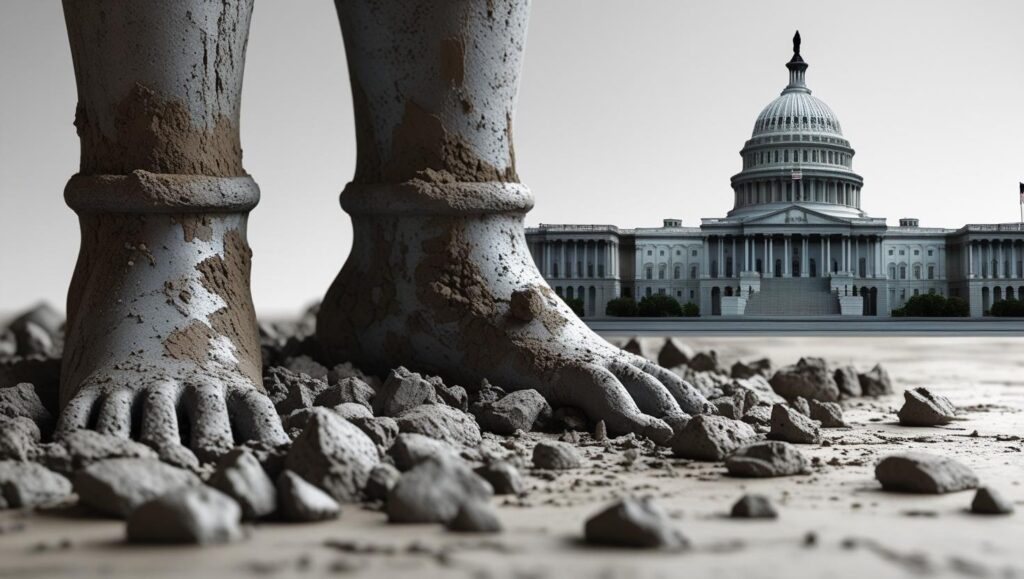
Decline of U.S. Unipolarity
In the late 20th and early 21st centuries, the United States emerged as the sole superpower—its influence comparable to the iron legs of Rome. Yet challenges from debt, political polarization, and shifting public opinion suggest cracks akin to the statue’s feet of clay (Dan 2:41–43).
Rise of BRICS and Multipolarity
Brazil, Russia, India, China, and South Africa (BRICS) champion a multipolar world. Their coalition echoes the four horns that follow the broken Greek horn—regional powers vying for influence (Dan 8:8). As they strengthen economic and diplomatic ties, we see Daniel’s leopard-like fragmentation giving way to new, dynamic alignments.
EU Tensions
The European Union, like a modern Medo-Persia, was forged from cooperation but now contends with internal divisions—Brexit, fiscal disputes, and divergent foreign-policy priorities. The image of iron mixed with clay (Dan 2:43) captures an entity both strong and brittle.
Middle Eastern Realignments
Ancient battles between north and south find fresh resonance in shifting alliances: the Abraham Accords, Saudi-Iran rivalry, and great-power competition in the Red Sea region. These geopolitical “chess moves” reflect Daniel 11’s intricate contest for strategic ground around Jerusalem’s latitude.
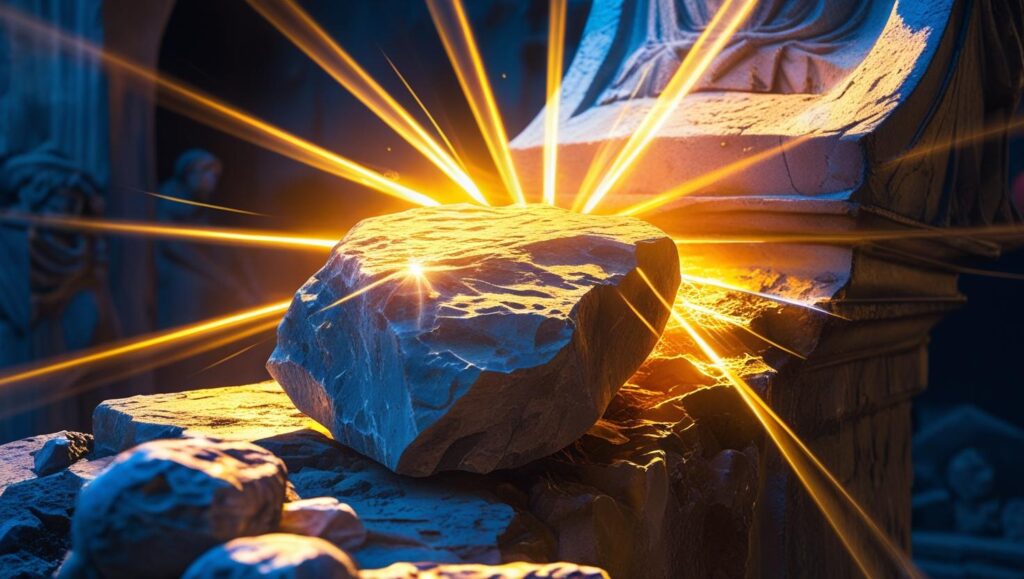
Spiritual Meaning
While Daniel’s visions chart the choreography of empires, their deeper message points to divine sovereignty. The stone “cut out without hands” that shatters the statue becomes a mountain filling the whole earth (Dan 2:34–35, 44–45). Similarly, the “Ancient of Days” and the “Son of Man” receive everlasting dominion, transcending every beastly kingdom (Dan 7:13–14). In an ever-changing world, the prophetic heart of Daniel whispers: all human kingdoms are temporary; only God’s kingdom endures. This reminder guards us against placing ultimate trust in any nation’s rising star.

Conclusion
As we navigate the complexities of today’s geopolitics—watching alliances shift in Europe, Asia, and the Middle East—Daniel’s visions remind us of a grand narrative beyond human headlines. We’re invited to place our confidence not in shifting empires but in the One whose kingdom knows no end. May these ancient prophecies inspire us to look upward, discerning the steady hand that guides history, and to ground our hope in the eternal sovereignty of God.